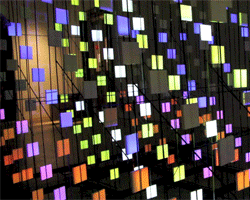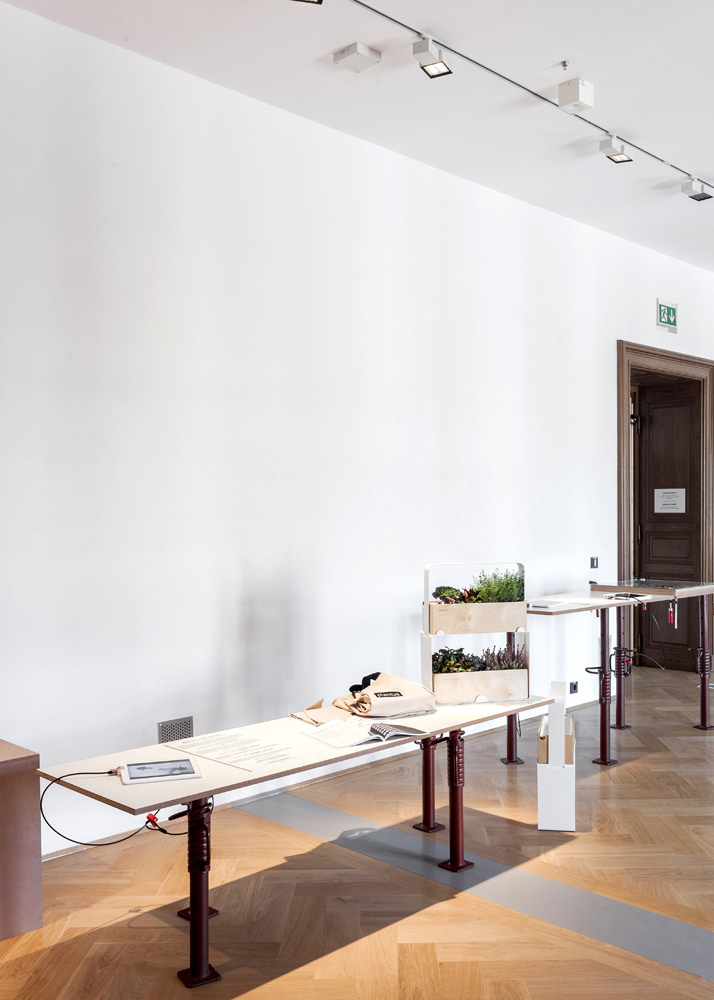
Hardly any creative process was left intact by the massive impact of the technological revolution. The change is particularly significant in the field of design, where certain disciplines of art, such as graphics or interior design, left behind their previous medium, i.e. paper, to continue their existence almost exclusively in a computeraided environment. New industries have been brought about as a result of the technological changes – e.g. 3D printing –, but this paradigm shift has had a great impact to nearly all design-related fi elds from jewellery design to offiice furniture. Our opening exhibition, named Figurative Senseanalyse the diverse relationship of design and technology and focuses on a particular aspect of these.
Where are the limits of technological change, and what consequences do they have for designers in the future? What are the end points of object creation when users actively participate in the product development? In the age of technology, when most of our devices have connectivity to the worldwide web, what duties may designers have? Will they find their place in a market increasingly based on user experience, even when object design is preceded by service design? This year’s opening exhibition for Design Week Budapest attempts to provide stimulating answers to the above questions, while the presented projects are also good examples of the designer attitude driven by user interaction and user experience design, which have gained major signifi cance in most fields of design in the past years.
curator: Attila Nemes
installation: Studio Nomad
graphic design: David Barath
photo: Balázs Danyi










photos - danyibalazs.com
